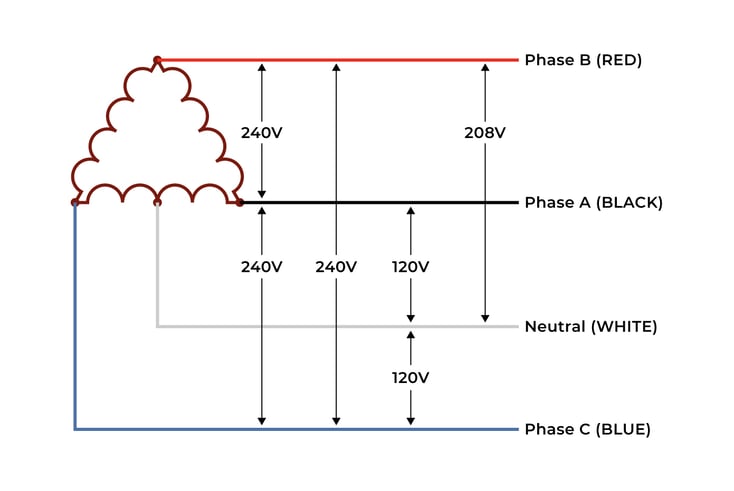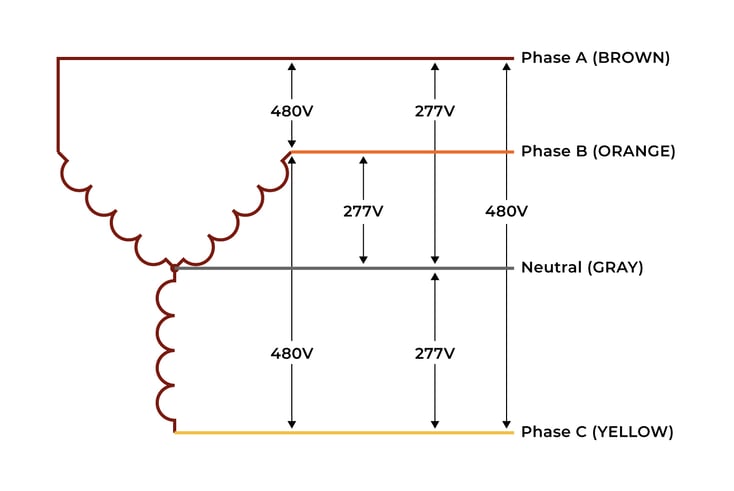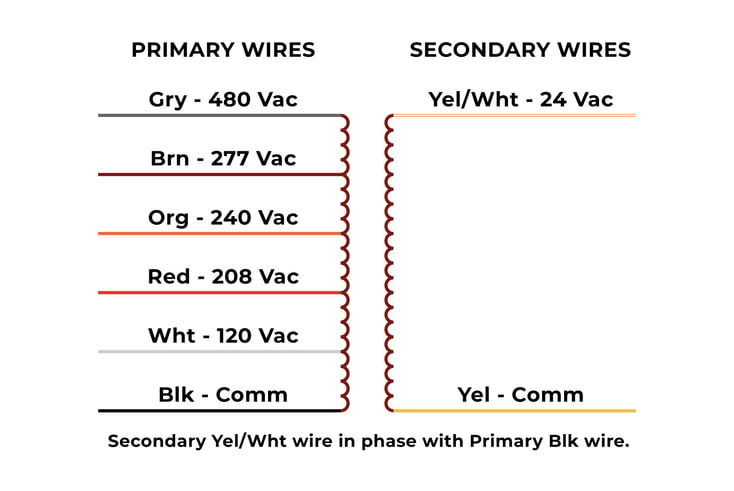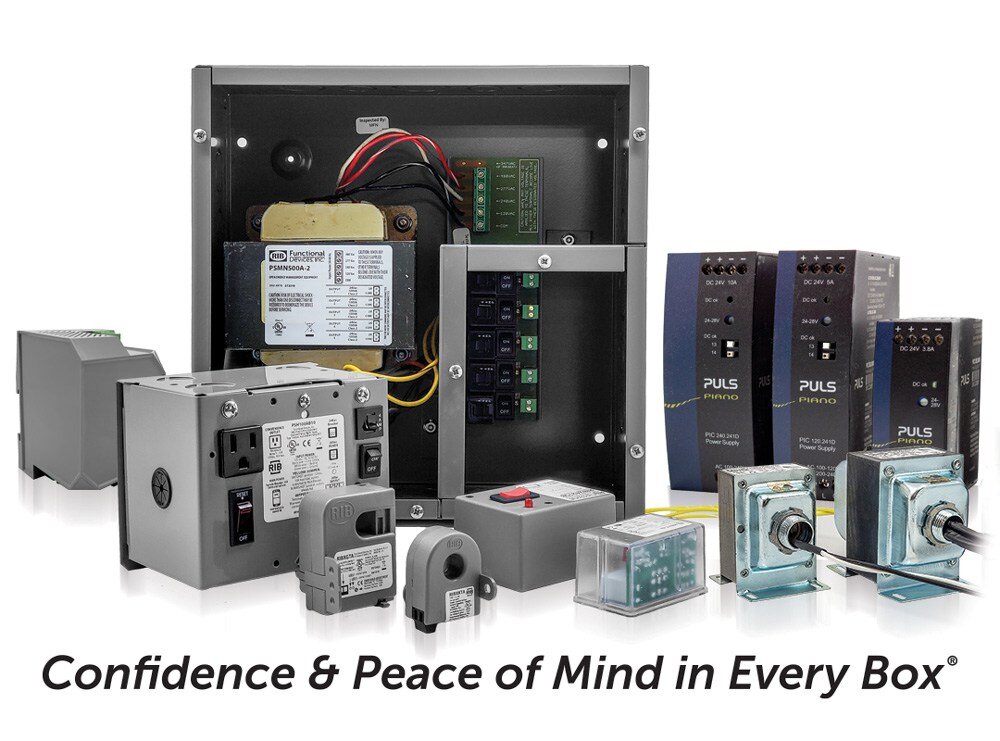Wiring a multi-tap transformer can seem confusing at first glance, especially when you’re staring at a bundle of color-coded wires. It’s a common question we hear from customers: “Which wires do I connect?” The good news is, once you understand your power system setup—whether it’s a Delta or Wye configuration—and know how to measure voltage, connecting our multi-tap transformers becomes a simple, straightforward process.
This guide explains the basics of Delta and Wye systems, how to identify the correct wires, and how to safely connect them to our transformers using just a multimeter and a little know-how.
Answers at a Glance
Q: What’s the first thing I need to know before wiring a transformer?
A: You need to know your incoming power configuration—either Delta or Wye (Y)—and which wires supply the correct voltage for your transformer tap.
Q: Why are there so many wires on a multi-tap transformer?
A: Multi-tap transformers have multiple voltage tap options, each corresponding to different input voltages. The extra wires allow you to select the correct voltage for your application.
Q: How do I identify which wires supply which voltage?
A: Use a multimeter to measure the voltage between pairs of wires in your system. This will help you match the correct input wires to your transformer taps.
Q: Does it matter which phase connects to which wire on the transformer?
A: No, when connecting two phases, it doesn’t matter which phase goes to which transformer wire.
Q: What should I do with any unused wires?
A: Always make sure to properly insulate unused primary tap wires.
Q: What should I do if I’m still unsure how to wire the transformer?
A: Contact our Technical Support team—we’re always here to help!
Delta Configuration

WYE Configuration

An easy way to remember this is that the delta configuration looks like a delta symbol, and the wye configuration looks like the letter "Y". The wye configuration also looks a bit like a flux capacitor from Back to the Future if that helps. Please note that not every delta or wye set up will have these voltages, these are just two examples. The main point to get from this is that your incoming power typically has three phases and one neutral. This allows each configuration to provide two to three different voltages. Usually, between neutral and a phase is a smaller voltage, and between two different phases is a larger voltage. Knowing which voltage is between which two wires is key when installing one of our multi-tap transformers.

Measuring Wire Voltage
If you don't know which wire is which, you can always measure it using your multimeter. Once you know which two wires have the voltage for the tap you want, simply connect one power wire to the wire on our transformer with the voltage tap you want, and the other power wire to the wire on our transformer labeled "Comm". Then separately insulate each of the unused wires. It's that easy!
For the sake of clarity let's do some examples. Take a look at the wiring diagram for our TR50VA015:

Let's say you want to connect the above delta configuration to our TR50VA015. If you wanted to connect 120 Vac to the primary, you would connect your neutral (WHITE) to the transformer Comm (Blk). Then you would either connect phase A or C (BLACK or BLUE) to the 120 Vac tap on the transformer (Wht). If you wanted to use 240 Vac on the primary, you would take any two of the three phases and connect them to the orange and black wires on the transformer. It doesn't matter which phase goes to which wire.
For the above wye configuration, you would connect your neutral (GRAY) and any phase to the black and brown wires on the transformer for a 277 Vac primary. Similarly, any two phases on the wye configuration should be connected to the gray and black wires on the transformer for a 480 Vac primary.
Hopefully this clarifies how to wire one of our transformers. As always, if you're still confused, feel free to contact us!
About Functional Devices, Inc.

Confidence and Peace of Mind in Every Box
At Functional Devices, Inc., we have been designing and manufacturing high-quality electronic components in the USA since 1969. Our mission is simple: to enhance lives in buildings and beyond by delivering reliable, innovative solutions for the building automation industry. Our product lineup includes RIB® relays, current sensors, power controls, power supplies, transformers, lighting controls, and more—each designed to meet the highest industry standards.
We test 100% of our assembled products, ensuring an exceptionally low failure rate—less than 1 in 16,000 in the field. This commitment to excellence means you get products that perform reliably, reducing downtime and increasing efficiency. With every Functional Devices product, you receive more than just a component—you gain confidence and peace of mind knowing your systems are built on trusted, field-proven technology.

